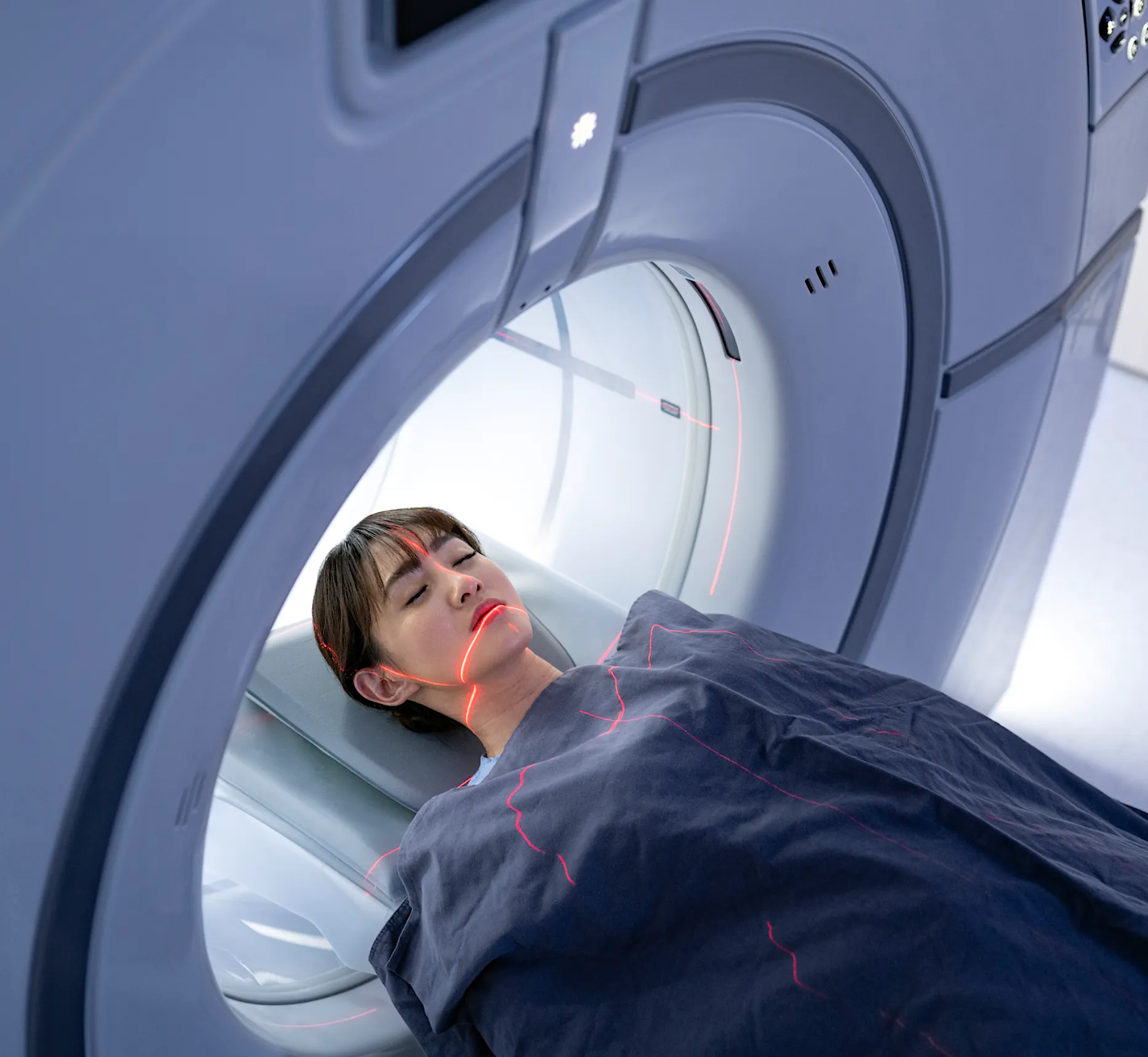
Most analyses of brain scans recorded via functional magnetic resonance imaging (fMRI) are static—that is, they can show the spatial distribution of brain signals at a given moment, but do not shed light on how the brain responds over longer periods of time.
Yet it is this temporal information—seeing how the human brain represents subtle signal fluctuations across time—that is of vital importance. It is considered a crucial step in understanding the activity of the brain in contexts that more closely approximate daily life.
Now, University of Maryland researchers in psychology and engineering are collaborating on a new method to unearth important temporal information from fMRI data.
In a paper published last month in PLOS Computational Biology, researchers led by Luiz Pessoa, professor of psychology and director of the Maryland Neuroimaging Center, and Joseph JaJa, professor and interim chair of the Department of Electrical and Computer Engineering (ECE), unveiled a novel technique for training a series of algorithms to disclose temporal information otherwise hidden in fMRI brain scans.
The neural network algorithms, together with novel statistical approaches, were applied to a large public data set of fMRI scans of people watching clips of popular films like Home Alone, Star Wars, and Ocean’s 11.
The researchers’ hypothesis was that, once a neural network has digested the data in these brain scans, it would recognize similar information in new fMRI scans—information that would otherwise remain latent.
Whereas analyses of fMRI brain data typically only capture a “snapshot” of the brain—that is, a subject’s reaction to a single, known stimulus—the UMD researchers show how so-called recurrent neural networks can extract information about the brain’s responses over longer timescales.
The paper and collaboration between Pessoa and JaJa, who has a joint appointment at the University of Maryland Institute for Advanced Computer Studies, were borne of a 2017 seed grant award from the Brain and Behavior Institute (BBI).
Additional authors of the paper were ECE graduate students Joyneel Misra (lead author), Srinivas Govinda Surampudi and Manasij Venkatesh as well as Chirag Limbachia, a psychology graduate student.
—This brief is adapted from a news release written by Nathaniel Underland from BBI